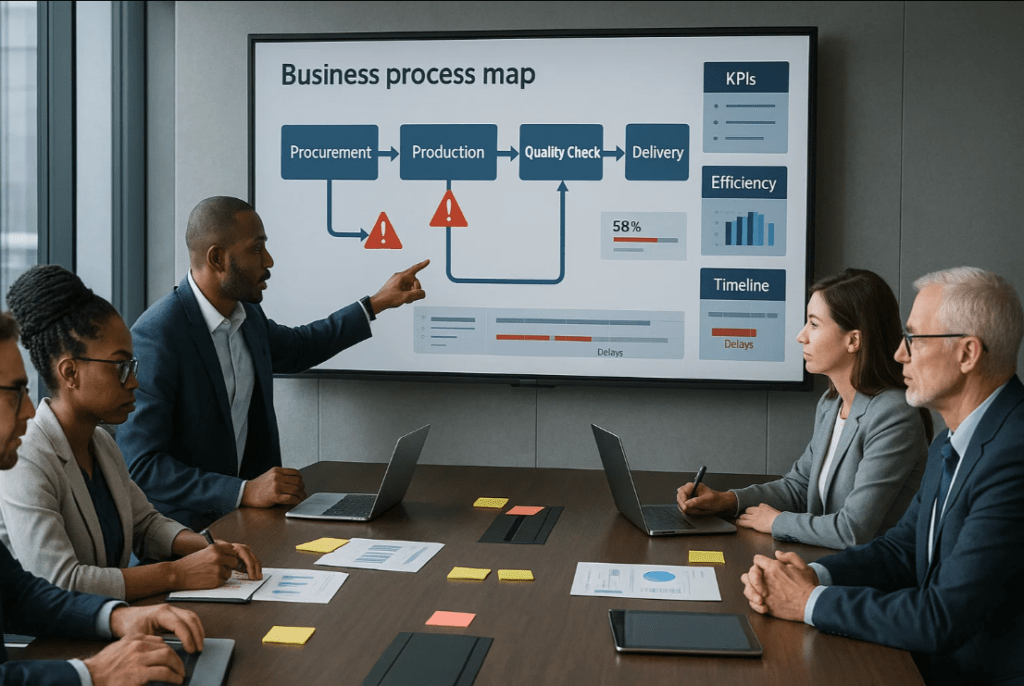In the fast-paced world of business, operational efficiency is paramount—but business bottlenecks often stand in the way. These obstacles impede workflow and reduce productivity. Recognizing and addressing these bottlenecks is essential for maintaining a competitive edge and ensuring smooth operations.
Understanding Business Bottlenecks
A bottleneck occurs when a specific point in a process restricts the overall flow, causing delays and inefficiencies. These can stem from various sources, including overburdened employees, outdated procedures, or limited resources. Identifying these chokepoints is the first step toward implementing effective solutions.
Common Sources of Bottlenecks
- Overloaded Personnel: When critical tasks are funneled through a single individual, their capacity can become a limiting factor, leading to delays.
- Inefficient Processes: Outdated or overly complex procedures can slow down operations, causing unnecessary hold-ups.
- Resource Constraints: Insufficient tools, equipment, or manpower can hinder the timely completion of tasks.
- Excessive Control: Requiring approvals at multiple levels can create unnecessary delays, especially if decision-makers are unavailable.
- Communication Gaps: Lack of clear communication channels can result in misunderstandings and stalled projects.
Strategies to Unclog Business Bottlenecks
To effectively address and eliminate bottlenecks, consider the following approaches:
- Delegate Responsibilities: Distribute tasks among multiple team members to prevent over-reliance on a single individual. This not only alleviates pressure but also fosters a collaborative work environment.
- Streamline Processes: Regularly review and update procedures to ensure they are efficient and relevant. Eliminating unnecessary steps can significantly enhance workflow.
- Invest in Resources: Allocate appropriate resources, whether it’s hiring additional staff or upgrading equipment, to meet the demands of your operations.
- Empower Decision-Making: Reduce bureaucratic hurdles by granting team members the authority to make decisions within their scope, accelerating the workflow.
- Enhance Communication: Implement clear and open communication channels to ensure all team members are informed and aligned with project goals.
Balancing Growth and Overhead
While expanding resources and delegating tasks can alleviate bottlenecks, it’s crucial to balance these actions with financial prudence. Overextending by hiring too quickly can lead to increased overhead costs that may not be sustainable in the long term. Conduct a thorough analysis of your workload and financial projections to make informed decisions about scaling your team and resources.
Identifying and addressing bottlenecks is vital for enhancing productivity and profitability. By implementing the strategies outlined above, businesses can streamline operations and foster a more efficient work environment. Regularly assess your processes, encourage open communication, and be willing to adapt to changing circumstances to maintain optimal performance.





